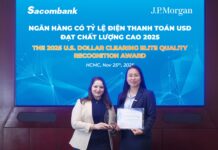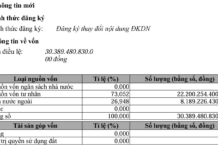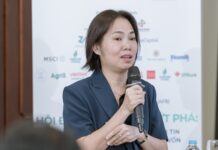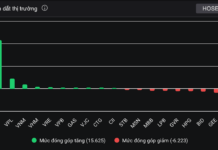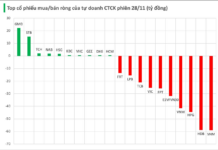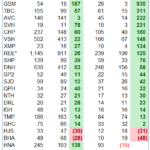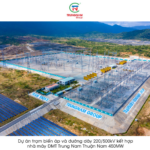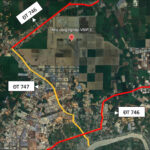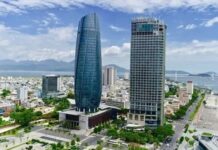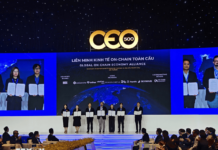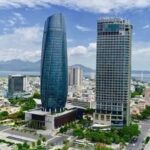Researchers from the University of South Australia and Deakin University in Victoria have found that households with rooftop solar installations can gain greater benefits through peer-to-peer energy sharing.
As “prosumers” (both producers and consumers of electricity), they can sell their excess electricity to neighbors, contributing to grid stability and earning higher profits compared to current feed-in tariff schemes.
With almost 40% of Australian households (4.1 million) already adopting solar power, the researchers highlight the growing importance of the prosumer role, as excess energy can overload the grid and drive down feed-in prices, raising questions about economic efficiency.
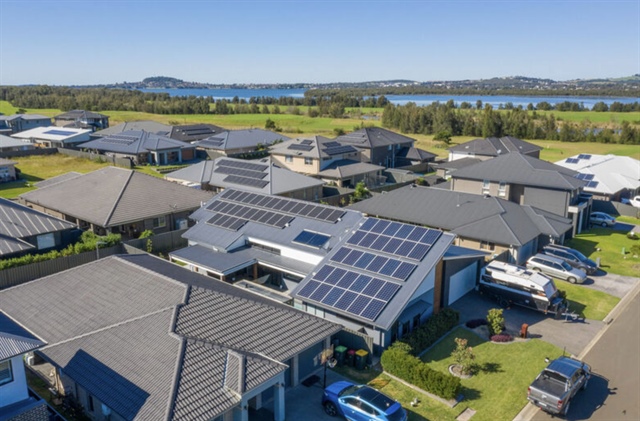
Millions of Australian households have embraced rooftop solar power. Image: Endeavour Energy |
The study utilized real-world data from a 10kW solar-powered home in Geelong, 75 km southwest of Melbourne.
They simulated energy generation, consumption, and sharing over 12 months, based on four models (P2G – selling excess to the grid; P2G with batteries – storing excess before selling; P2P – sharing excess with neighbors at an agreed price; P2P with batteries – storing energy for self-use first, then sharing the rest), including interactions with three neighboring consumers.
The aim was to compare different energy models to help households and policymakers design more efficient community-based solar systems.
Dr. Kevin Wang, the study’s lead author and a researcher at the University of South Australia (UniSA), said their model showed that, under current conditions, P2P energy sharing reduced neighbors’ grid electricity consumption by over 30%, and when combined with a 10 kWh battery, it could offer the highest profits – AU$4,929 (US$3,166) for the solar homeowner over 20 years.
“P2P energy sharing provides significant benefits compared to traditional excess energy sales to the grid, especially when feed-in tariffs are low,” Wang stated.
With Victoria’s current feed-in tariff below 5 cents/kWh and retail electricity prices around 28 cents/kWh, direct solar energy sales to neighbors at a mid-range agreed price can be more profitable for solar homeowners while still offering cheaper rates to buyers.
In contrast, both P2G models incurred losses due to low electricity purchase prices and high battery costs.
“Battery size is critical. Systems with oversized batteries reduce profits due to high investment and maintenance costs, while also decreasing excess energy available,” Wang added.
The study also found that without batteries or P2P sharing, the household exported nearly 12,800 kWh/year to the grid, with only a 14.6% self-consumption rate.
Adding a 5 kWh battery to the P2P model increased self-consumption to almost 38%, but the energy shared with neighbors decreased as the battery was prioritized for charging first. The researchers emphasize that optimizing battery capacity is crucial; for the P2P model, a 7.5 kWh battery offered the shortest payback period of just 12 years.
“A 5 kWh battery improved self-consumption to 22% and reduced grid imports, but it didn’t help the neighbors. Moreover, the high initial cost meant the household made no profit,” the researchers said.
Professor Chunlu Liu, a co-author from Deakin University, remarked that the study underscores the trade-off between battery usage and community energy sharing.
While batteries benefit solar homeowners by reducing grid reliance, they also limit energy sharing as batteries are typically charged first to ensure excess energy is available for sharing. The challenge is finding the right balance that works for everyone, Professor Liu pointed out.
Tam An
– 05:45 29/08/2025
The Power Sector’s Blue Hue in Q2
In Q2 of 2025, the electricity industry witnessed a sea of green, with most businesses thriving. The hydroelectric group, in particular, shone brightly against the low base of the previous year. Thermal power plants showed some differentiation, but most were also in the green. Meanwhile, the renewable energy sector continued its growth trajectory, propelled by favorable policies.
“Solar Power Plant Developer Defaults on Bonds: The Case of Trung Nam Group’s Power Plant and 500KV Transmission Line Project”
“Trung Nam Thuận Nam, the renowned developer of the hybrid solar power plant, substation, and 220/500KV transmission line project in Ninh Thuan Province, has just reported a delay in the repayment of VND 73 billion in principal and interest on bonds.”
The Industrial Revolution: Unveiling a Mega Factory and a District-Sized Construction Site with a $1.3 Billion Vision
The VSIP 3 Industrial Park, spanning an impressive 10 square kilometers (that’s one and a half times the size of District 1 in Ho Chi Minh City), is a burgeoning hub of economic activity. Even before its completion, the park has already attracted eight significant projects, boasting a total investment of 1.6 billion USD. The star attraction is undoubtedly the world’s largest mega-factory by the renowned LEGO Group.







